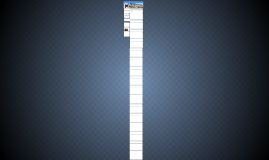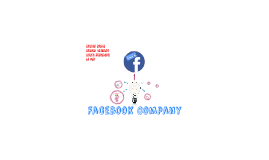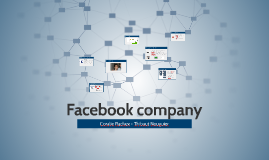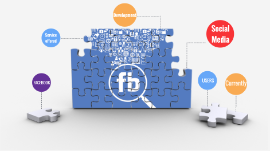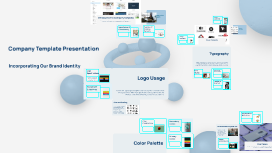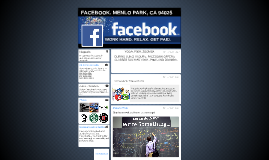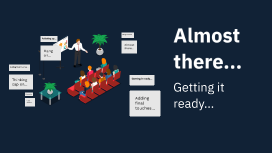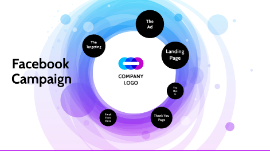Company Presentation Template
Transcript: Market Analysis Products/Services Who is Our Target Audience? Current Market Trends Our target audience consists of millennials and Gen Z consumers aged 18-35, who are increasingly seeking sustainable and innovative products. This demographic represents a significant portion of the market, with spending power expected to grow by 30% over the next five years. The market is experiencing a shift towards digital solutions, with 70% of consumers increasing their online shopping in 2023. Additionally, there is a rising demand for eco-friendly products, with a 50% increase in sales for sustainable brands. Product Line Overview Who are Our Competitors? Major competitors include Company A, known for its innovative technology, and Company B, which dominates in sustainable products. An analysis shows that Company A holds 30% market share, while Company B is at 25%, emphasizing the need for strategic differentiation. Our product line includes innovative solutions tailored to various industry needs, including software applications, consumer electronics, and bespoke services. Each product is designed with user convenience and functionality at its core, ensuring they meet the highest standards. Competitive Advantages Our products stand out in the market due to their unique selling propositions, including advanced technology, exceptional customer support, and competitive pricing. We prioritize customer feedback to continuously enhance our offerings, ensuring they remain ahead of competitors. Key Features Company Presentation Template Each product comes with unique features such as user-friendly interfaces, robust security measures, and compatibility with various platforms. Our innovative technology ensures optimal performance and high reliability, catering to diverse customer requirements. Introduction Purpose of the Presentation The objective is to outline the key aspects of our company, including its mission and vision, while equipping the audience with relevant insights to foster engagement and feedback. Conclusion Objectives The main objectives include strengthening our market position, enhancing customer satisfaction, and driving innovation. We aim to align our strategies with our vision for sustainable growth. Company Overview Our company, established in [Year], specializes in [Industry/Field]. Our diverse portfolio includes innovative products and services designed to meet customer needs and enhance user experiences. A Comprehensive Guide to Crafting Effective Presentations Core Values and Mission Summary of Key Points Mission Statement Core Values This presentation has shared our company's core values, mission, the range of our products/services, and market analysis. Key highlights include our focus on innovation, commitment to quality, and understanding of market dynamics that position us for growth. The mission statement articulates the company's purpose: to provide exceptional services that improve lives while fostering an environment of respect and creativity. This focus enables sustained growth and enhances community impact. The core values of the company reflect its identity: integrity, innovation, customer commitment, and teamwork. These principles guide decisions, actions, and corporate culture, ensuring that the organization remains focused on creating value for stakeholders. Q&A Session Vision Statement The vision statement outlines our aspiration to lead the market with innovative solutions and unwavering customer satisfaction. This forward-thinking approach illustrates a commitment to progress and adaptation in a changing landscape. Call to Action We invite any questions regarding our presentation and company initiatives. Open discussions will enhance collaboration and allow us to address any concerns or ideas you may have. We encourage stakeholders to engage with our vision by supporting our initiatives and participating in ongoing dialogues. Your involvement is crucial for our shared success and the realization of our goals.






